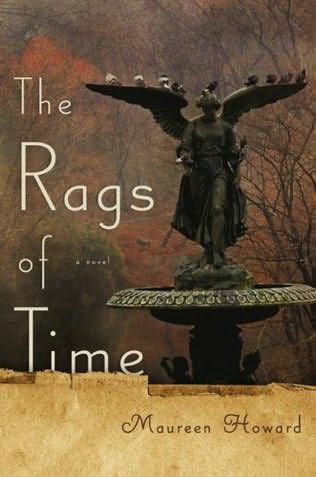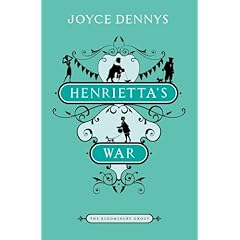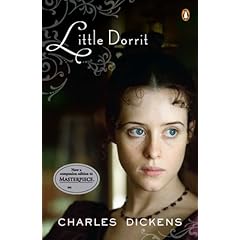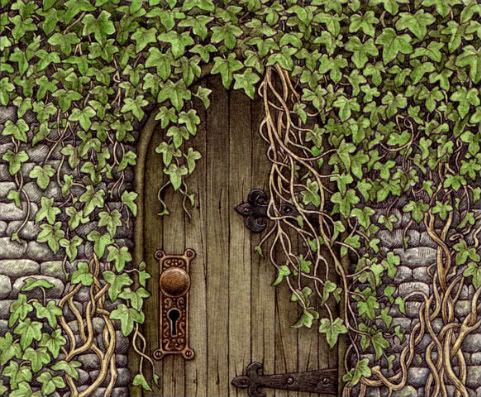
I didn’t know Robert Fagles had translated The Aeneid. Nobody told me. I haven't kept up. I was browsing in a bookstore and discovered his 2006 translation in a beautiful Penguin Deluxe edition. I bought it immediately. The cashier treated me with respect. How many customers buy The Aeneid? This was the only Fagles in the store, though I have to admit they carried other good translations, among them Allen Mandelbaum's, Robert Fitzgerald's, and Dryden's.
Still, there’s something special about Fagles. Some years ago a group of intelligent online friends discussed Fagles’ The Odyssey, and we agreed it was a startling experience, the poetry seeming crisper, clearer, and more vivid than Richard Lattimore’s more literal translation, which we read in college. He also translated The Iliad. There are other equally good translations: Robert Fitzgerald's The Iliad, The Odyssey, and The Aeneid are stunning.
Epic poetry is my favorite. The more I read The Aeneid, the more I appreciate it.
“Wars and a man I sing,” Fagles begins.
Virgil writes: "Arma virumque cano," literally “Arms and the man I sing.” The most common translation is, "I sing of arms and the man.” Fagles uses the word "war," not "arms" - less striking than Virgil's metonymy- but there is something fierce and simple about “wars.’
War is Aeneas' fate, a fate he doesn’t want. Early in Book I, during a turbulent storm caused by Juno, with people dying all around him, we first meet Aeneas. He cries out:
“Three, four times blest, my comrades
lucky to die beneath the soaring walls of Troy-
before their parents! eyes! If only I’d gone down
under your right hand - Diomedes, strongest Greek afield-
and poured out my life on the battlegrounds of Troy!’
Many don't like Aeneas. He seems colorless, listless, too obedient to the gods. He is a hero in the Roman tradition: dutiful, pious. Aeneas wishes he were dead. He is denied a personal life. He must carry on. It is his fate to lead the Trojan refugees to Italy and found Rome. And a miserable life it is, traveling through hostile lands and seas and then conquering Italy so that further generations of Trojans/Romans may thrive. A man tired, dispirited, forced to lead by default.
The great anti-war literary poem. Some read it as a celebration of empire, most as a subtle condemnation of war and the loss of personal life.
Robert Fagles died last year. I wasn’t aware of that. Somehow I had been expecting more translations. I had thought of him as young and dashing. Strange, isn't it?

As a companion volume to The Aeneid, I am reading Margaret Drabble's The Seven Sisters. In this novel, she writes in part about an adult community center Latin class in London, in which the aging students compare many different translations of The Aeneid to the Latin. The heroine, Candida, a rather muted, practical, judgmental, but smouldering-under-the-surface adventurous aging divorcee, organizes a trip to Italy with the class after the adult education center closes and becomes a health club. The health club is modern, but discussing The Aeneid gave purpose to Candida. Book 6 of The Aeneid is the key for Candida.
Anyway, it’s a charming novel.





























